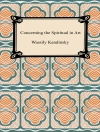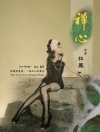Madrid on the move illustrates print culture and the urban experience in nineteenth-century Spain. It provides a fresh account of modernity by looking beyond its canonical texts, artworks, and locations and explores what being modern meant to people in their daily lives. Rather than shifting the loci of modernity from Paris or London to Madrid, this book decentres the concept and explains the modern experience as part of a more fluid, global phenomenon. Meanings of the modern were not only dictated by linguistic authorities and urban technocrats; they were discussed, lived, and constructed on a daily basis. Cultural actors and audiences displayed an acute awareness of what being modern entailed and explored the links between the local and the global, two concepts and contexts that were being conceived and perceived as inseparable.
Tabla de materias
Introduction: Decentring modernity 1 Seeing in the city: visually aware citizens 2 Making modernity: images, words, and cross-national connections 3 Strolling the city: the flâneur interrupted 4 Sketching social types: local contexts, modern customs, visual traditions 5 Creating hybrid surfaces: truth, representation, reality / illustration, caricature, photography Conclusions
Bibliography
Index
Sobre el autor
Andrew Smith is Professor of English Studies at the University of Glamorgan where he is Co-Director of the Research Centre for Literature, Arts and Science (RCLAS)












